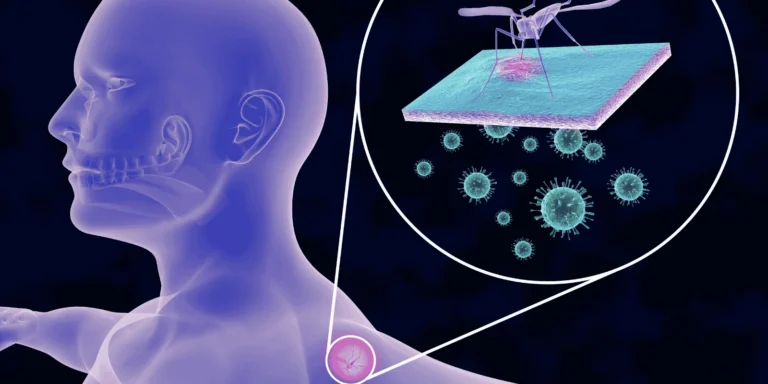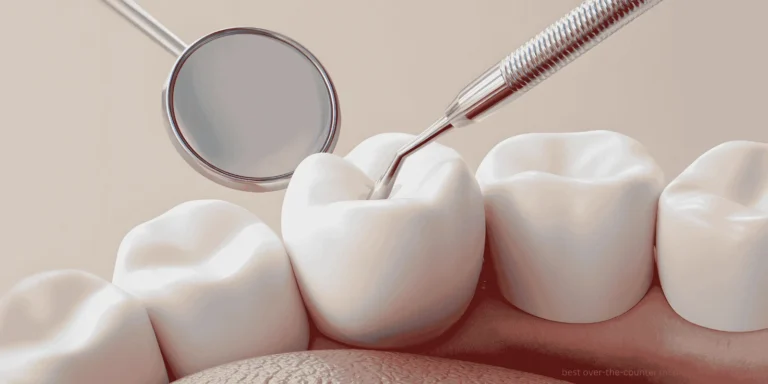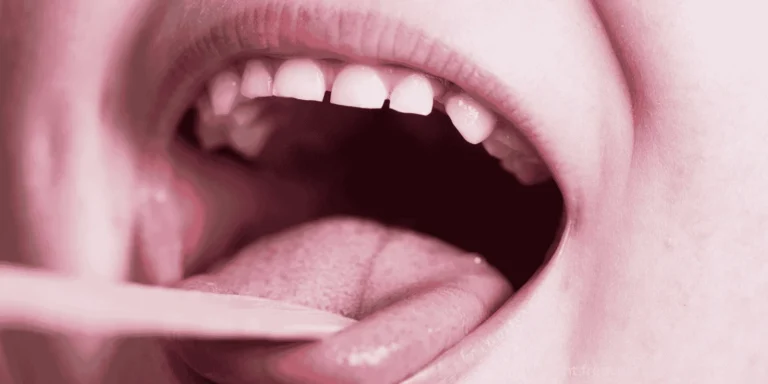The throbbing pain started behind my patient’s eyes on a Tuesday morning. By Thursday, she could barely function. “It feels like someone’s pressing on my face,” she told me. “Is this a sinus infection?”
Facial and head pain can stem from numerous causes, but sinusitis is indeed one of the most common culprits. Understanding the characteristic patterns of sinus pain helps distinguish it from other conditions like tension headaches, migraines, or dental problems.
How Sinuses Create Pain
Your sinuses are air-filled cavities in your skull that normally drain freely into your nasal passages. When they become inflamed or blocked, pressure builds up inside these spaces, creating the distinctive pain patterns associated with sinusitis.
The location of your pain often reveals which sinuses are affected:
Frontal sinuses (above your eyebrows) cause forehead pain that often worsens when you lean forward or lie down.
Maxillary sinuses (in your cheekbones) create pain in your cheeks, upper teeth, and sometimes your jaw. This is the most common type of sinus pain.
Ethmoid sinuses (between your eyes) produce pain around your eyes and the bridge of your nose.
Sphenoid sinuses (deep behind your nose) cause pain in the back of your head, behind your eyes, or at the top of your head.
Classic Sinusitis Pain Patterns
Sinus pain has several distinguishing characteristics that help separate it from other types of head pain:
Positional changes dramatically affect sinus pain. Bending forward, lying down, or sudden head movements typically worsen the discomfort as they increase pressure within the blocked sinuses.
Time of day matters — sinus pain is often worse in the morning after lying flat all night, allowing secretions to accumulate. As you remain upright during the day, gravity helps drainage and pain may improve.
Pressure sensations accompany the pain. Patients frequently describe feeling like something is pushing outward from inside their face, or like their head might explode.
Associated Symptoms That Confirm Sinusitis
Sinus pain rarely occurs alone. Look for these accompanying signs:
Nasal congestion and difficulty breathing through your nose are nearly universal with sinusitis.
Thick, colored nasal discharge — yellow, green, or gray mucus suggests bacterial infection, while clear discharge might indicate viral causes or allergies.
Reduced sense of smell happens when inflammation blocks your olfactory receptors.
Post-nasal drip creates throat irritation, coughing, and bad breath as infected mucus drains down your throat.
Facial tenderness over the affected sinuses makes touching your face uncomfortable.
When It’s Probably Not Sinusitis
Several conditions mimic sinus pain but require different treatments:
Tension headaches create band-like pressure around your head but don’t cause nasal symptoms or facial tenderness.
Migraines often involve one-sided throbbing pain with nausea, light sensitivity, and visual changes — symptoms rarely seen with sinusitis.
Cluster headaches produce severe, stabbing pain around one eye with tearing and nasal congestion on the same side, but attacks are brief and cyclical.
Dental problems can cause upper tooth and cheek pain that mimics maxillary sinusitis, but dental pain typically responds to pressure changes differently.
TMJ disorders create jaw pain that can radiate to your temples and ears, often with jaw clicking or difficulty opening your mouth.
Acute vs. Chronic Sinusitis Pain
Acute sinusitis develops rapidly over days, often following a cold. Pain is usually severe and constant, accompanied by fever and thick nasal discharge.
Chronic sinusitis produces persistent, duller facial pressure lasting 12+ weeks. The pain may fluctuate in intensity but rarely disappears completely.
Red Flags That Need Immediate Attention
Seek emergency care if sinus pain accompanies:
- High fever (over 102°F) with severe headache
- Vision changes or eye swelling
- Stiff neck or confusion
- Severe headache that develops suddenly
- Facial swelling or redness
These symptoms might indicate serious complications like meningitis or orbital cellulitis.
Getting the Right Diagnosis
Your healthcare provider will assess your symptoms, examine your face and nasal passages, and sometimes order imaging studies for chronic or complicated cases.
CT scans can reveal blocked sinuses, structural abnormalities, or complications, but they’re not needed for typical acute sinusitis.
Nasal endoscopy allows direct visualization of your sinus openings and can identify polyps, structural problems, or signs of chronic inflammation.
Treatment Approach
Most sinusitis cases respond well to conservative treatment including:
- Nasal saline irrigation
- Decongestants and antihistamines
- Pain relievers
- Steam inhalation
Bacterial sinusitis may require antibiotic treatment, particularly if symptoms persist beyond 10 days or worsen after initial improvement.
The Bottom Line
Facial and head pain can indeed signal sinusitis, especially when accompanied by nasal congestion, thick discharge, and positional worsening of symptoms. However, accurate diagnosis requires considering the complete symptom picture and ruling out other common causes of head and facial pain.
If you’re experiencing persistent facial pain with nasal symptoms, proper evaluation can determine whether sinusitis is the culprit and guide appropriate treatment decisions.













